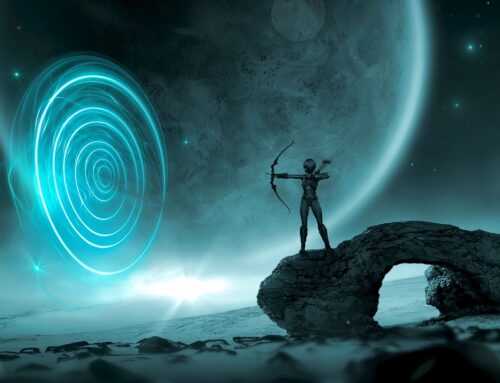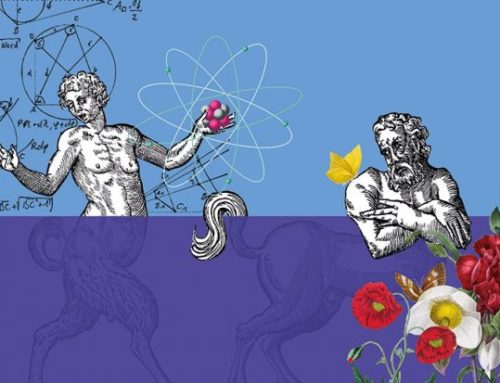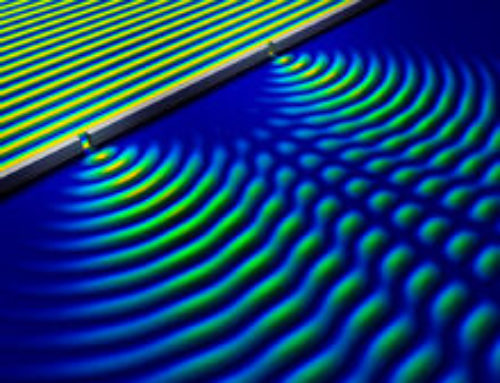“Neither Schrödinger nor Einstein liked what they found in the subatomic world”
What would Einstein and Schrödinger’s theories of the mysterious quantum world be like had they not been so notoriously famous? Where did they begin, and how did they deal with their newfound fame for ideas that were inevitably ‘unproven speculation’?
Paul Halpern’s latest book Einstein’s Dice and Schrödinger Cat: How Two Great Minds Battled Quantum Randomness to Create a Unified Theory of Physics uncovers the challenges set before two of the greatest minds of the past century.
In this article from New Scientist, Halpern’s book is described as a fascinating look into both Einstein and Schrödinger’s careers, from being collaborators at an early stage, to becoming fierce competitors. Halpern’s new book is also a study of the long tail that marks many distinguished careers in science.
More interestingly though, the article does point out the power and importance of collaboration, and ponders the ‘what ifs’ of Einstein and Schrödinger’s progress in their research had they passed on their wisdom and insight to their students or colleagues.
Photo: Wikimedia







Leave a Reply